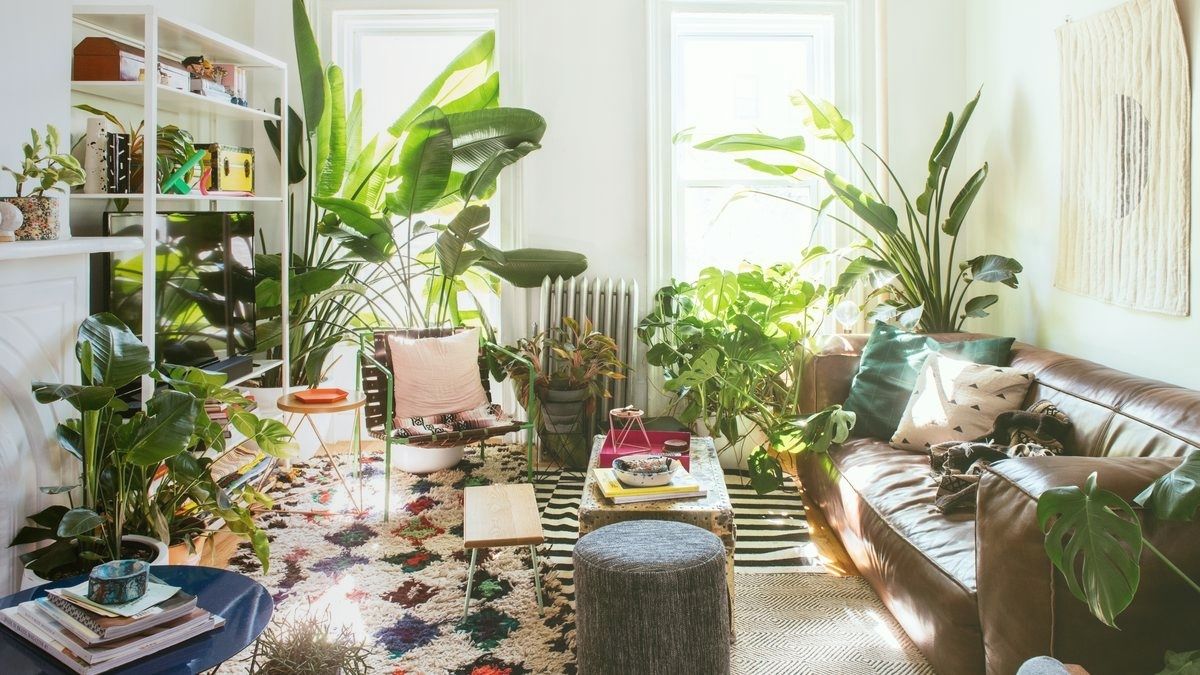1. Introduction
Welcome to our guide on air plant display ideas. Air plants, with their unique growth habits and minimal care requirements, have become a popular choice for indoor gardening. Their soil-less nature and intriguing forms open up a world of creative display possibilities. In this blog post, we delve into the fascinating world of air plants and provide inspiration for displaying them in your home. Whether you're new to air plants or an experienced collector, we hope this guide will spark your creativity and help you showcase your air plants in beautiful and unique ways.
2. Understanding Air Plants
1. What are Air Plants?
Air plants, scientifically known as Tillandsia, are a genus in the bromeliad family. They are unique in the plant world because they do not require soil to grow. Instead, they absorb water and nutrients through their leaves. This characteristic allows them to naturally grow in various locations, including tree trunks, rocky landscapes, and even in the air!
2. Types of Air Plants
There are over 600 different types of air plants, each with its unique characteristics. Some are small and delicate, perfect for tiny containers or intricate displays. Others are larger and can be a statement piece on their own. The variety in size, shape, color, and blooming patterns among air plants is truly astounding. Some popular types of air plants include Tillandsia ionantha, known for its fiery red when it's about to bloom, and Tillandsia xerographica, admired for its large, rosette shape and silvery-green leaves.
3. Creative Air Plant Display Ideas

1. Hanging Displays
One of the most popular ways to display air plants is by hanging them. This can be done using a variety of materials, including string, wire, or even fishing line. Hanging displays allow the air plants to get plenty of air circulation, which they love. You can hang air plants individually for a minimalist look, or group them together for a lush, jungle-like effect.
2. Mounted Displays
Another creative way to display air plants is by mounting them on a piece of wood, bark, or even a decorative stone. This mimics the way air plants grow in nature, often attaching themselves to tree trunks or rocks. When mounting air plants, it's important to use a non-toxic adhesive and to ensure the plant can be removed for watering.
3. Terrarium Displays
Air plants can also be displayed in terrariums. These glass containers can be filled with materials like sand, pebbles, or moss, and the air plants can be placed on top. Terrariums can be hung or placed on a tabletop. However, it's important to choose a terrarium with a hole or a removable lid to allow for air circulation.
4. Driftwood and Bark Displays
Driftwood and bark provide a natural and rustic backdrop for displaying air plants. You can simply tuck air plants into the crevices of the wood or bark, or use a non-toxic adhesive to attach them. This type of display can be hung on a wall or placed on a tabletop. It's a great way to showcase the unique forms and colors of your air plants.
5. Wire and Mesh Displays
Wire and mesh displays offer a modern and minimalist way to display air plants. You can create a simple wire frame and attach air plants to it, or use a piece of mesh as a backdrop for a wall-mounted display. The air plants can be attached to the wire or mesh using a non-toxic adhesive or by threading their roots through the openings.
4. Choosing the Right Display for Your Air Plants
1. Consider the Size and Shape of Your Air Plants
When choosing a display for your air plants, consider the size and shape of the plants. Smaller air plants like Tillandsia ionantha are perfect for intricate displays or terrariums. Larger air plants like Tillandsia xerographica can serve as standalone pieces in a mounted or hanging display. The shape of the air plant can also influence the type of display. Some air plants have a round, rosette shape that looks great in a terrarium, while others have long, spiky leaves that add interest to a mounted or hanging display.
2. Consider the Conditions Your Air Plants Need
Air plants need bright, indirect light, good air circulation, and regular watering. Make sure to choose a display that allows for these conditions. A hanging display or a mounted display on a wall with plenty of light would be ideal. If you choose a terrarium, make sure it has a hole or a removable lid to allow for air circulation.
5. Caring for Your Air Plants in Different Displays
1. Watering Air Plants in Displays
Watering your air plants will depend on the type of display. If your air plants are in a hanging or mounted display, you can mist them or take them down for a soak. If they're in a terrarium, you'll need to remove them for watering to prevent water from accumulating in the terrarium, which can lead to rot.

2. Providing Light for Air Plants in Displays
6. Conclusion
Displaying air plants can be as creative and unique as the plants themselves. From hanging displays to terrariums, and from driftwood to wireframes, the possibilities are endless. When choosing a display, consider the size and shape of your air plants, as well as the conditions they need to thrive. With a little care and creativity, you can create stunning air plant displays that bring a touch of nature into your home. We hope this guide has provided you with some inspiration and practical tips for displaying your air plants. Happy decorating!